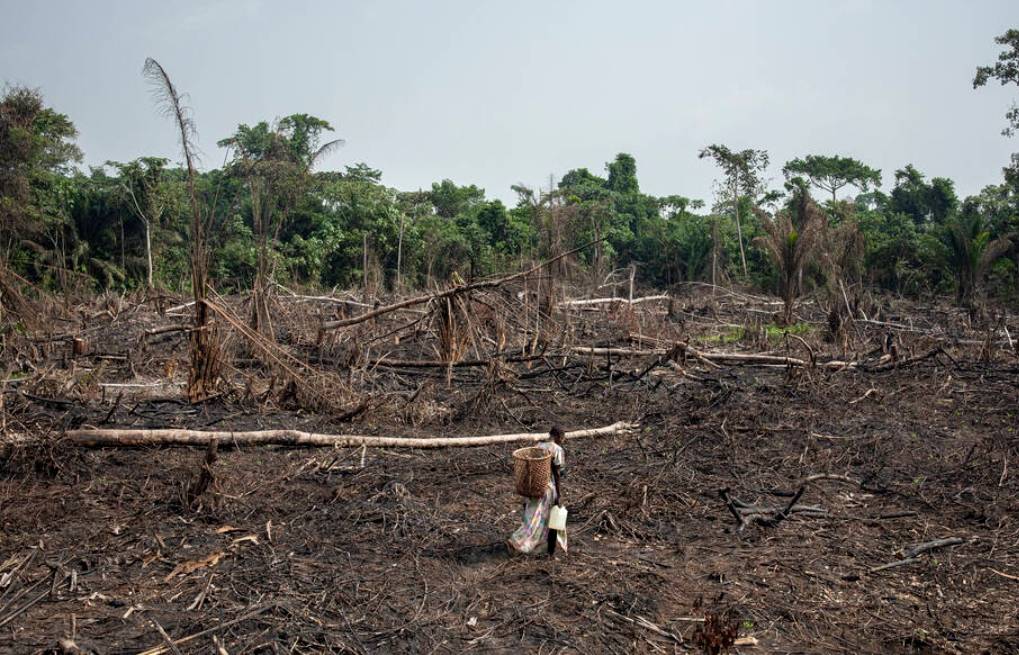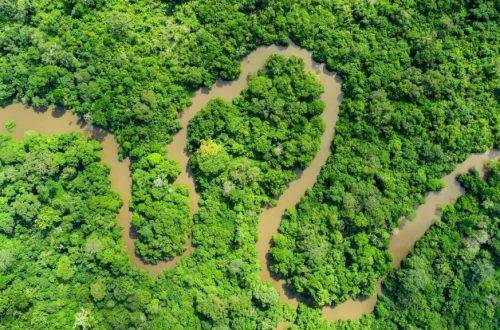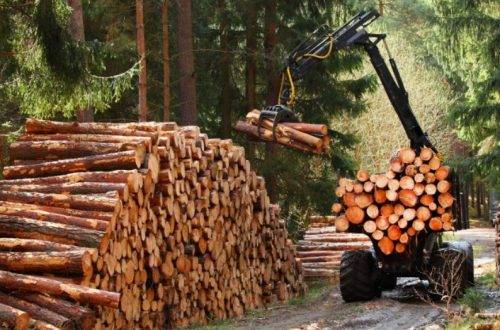
Deforestation in tropical forests has been found to decrease rainfall
A recent study published in the scientific journal “Nature” shows that regional rainfall is reduced by deforestation. The Congo Basin is projected to experience a 10% reduction in rainfall by the end of this century due to deforestation.
The interplay between deforestation and rainfall reduction is a vicious cycle, as revealed by a recent study published in the journal Nature. This mechanism was highlighted during the One Forest Summit, an international conference aimed at protecting the forests of the Congo Basin, which took place in Gabon. The study suggests that if deforestation rates continue as expected, the Congo Basin could experience a 10% decline in rainfall by the end of the century.
Scientists recognize the importance of the relationship between forests and rainfall. Trees release water vapor through their leaves, a process known as evapotranspiration. In 2017, the journal Pnas published an article highlighting the role of tree evapotranspiration in triggering the transition from dry season to rainy season. However, local observations in the Amazon suggest that deforestation may lead to an increase in rainfall in certain areas.
“Direct impact on precipitation”
In a recent study, Callum Smith, a researcher at the University of Leeds and the lead author, examined the link between forest cover and climate on a larger scale. By analyzing satellite images of the Amazon, Congo, and Southeast Asia from 2003 to 2017, he found that deforestation leads to a reduction in rainfall. The data showed that for each percentage point of forest cover lost, there was a corresponding decrease in precipitation ranging from 0.03 mm per month at a 50 km spatial scale to 0.25 mm per month at a 200 km spatial scale.
The lead author of the study, Callum Smith, aims to apply this analysis on even larger scales ranging from 500 to 2,000 kilometers. The water cycle is spread over several thousand kilometers and the moisture released by forests can water areas located far away when the wind blows, as explained by Sylvain Angerand, a forest engineer and coordinator of campaigns for the NGO Canopy. Deforestation in the Amazon can directly impact rainfall in southern Brazil, Uruguay, and Argentina, while in West Africa, it can cause the level of Lake Chad to drop, he added.
The projected decrease in rainfall is certainly bad news for agriculture in the affected areas. The study’s authors predict that every ten percentage points of forest cover lost could result in a 1.25% decline in crop yield. Thus, a grim competition ensues between the benefits gained from forest conversion to farmland and the reduction in productivity due to deforestation.
The biodiversity of the forest and its capacity to sequester carbon are both at risk
The alteration in rainfall patterns has far-reaching implications, including the potential for an increase in deforestation. Callum Smith expressed concerns about reaching a tipping point where tropical forests will no longer be able to regenerate themselves. Longer dry seasons and more frequent fires are also possible outcomes, threatening the forest’s biodiversity and carbon-capturing abilities. As a result, researchers are once again urging forest conservation efforts.
During the ongoing One Forest Summit in Gabon, which the French president attended, a major challenge was to explore ways of financing forest conservation efforts. One proposal discussed was the creation of “biodiversity credits,” similar to carbon credits. In his closing speech on Thursday, Emmanuel Macron pledged to provide 100 million euros to “countries willing to accelerate their strategy to protect essential carbon and biodiversity reserves.” He also announced the launch of the “One Forest Vision” scientific project, aimed at mapping and measuring the most important carbon and biodiversity stores in the world’s three major forest basins. However, some remain skeptical, hoping that this initiative will not just be another effort to measure the destruction of our forests.




